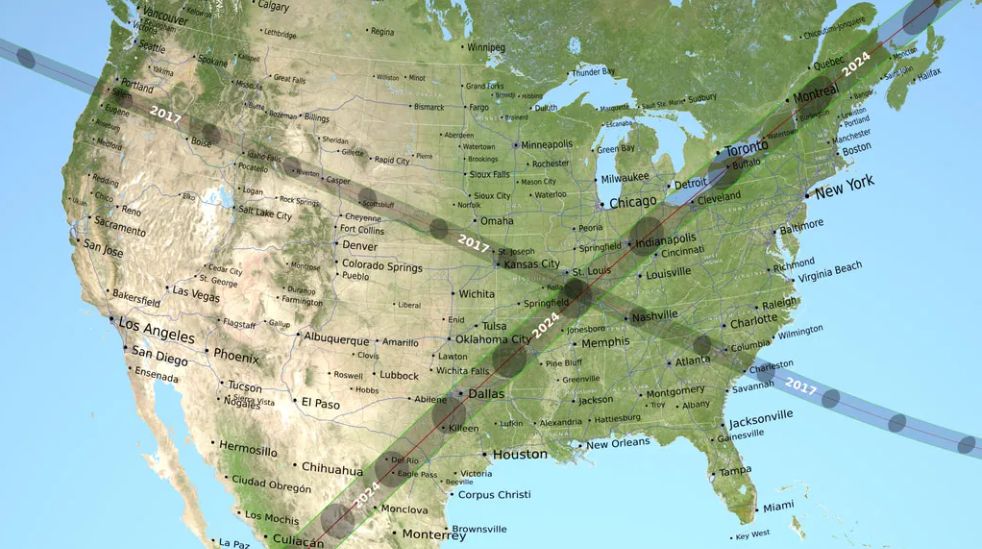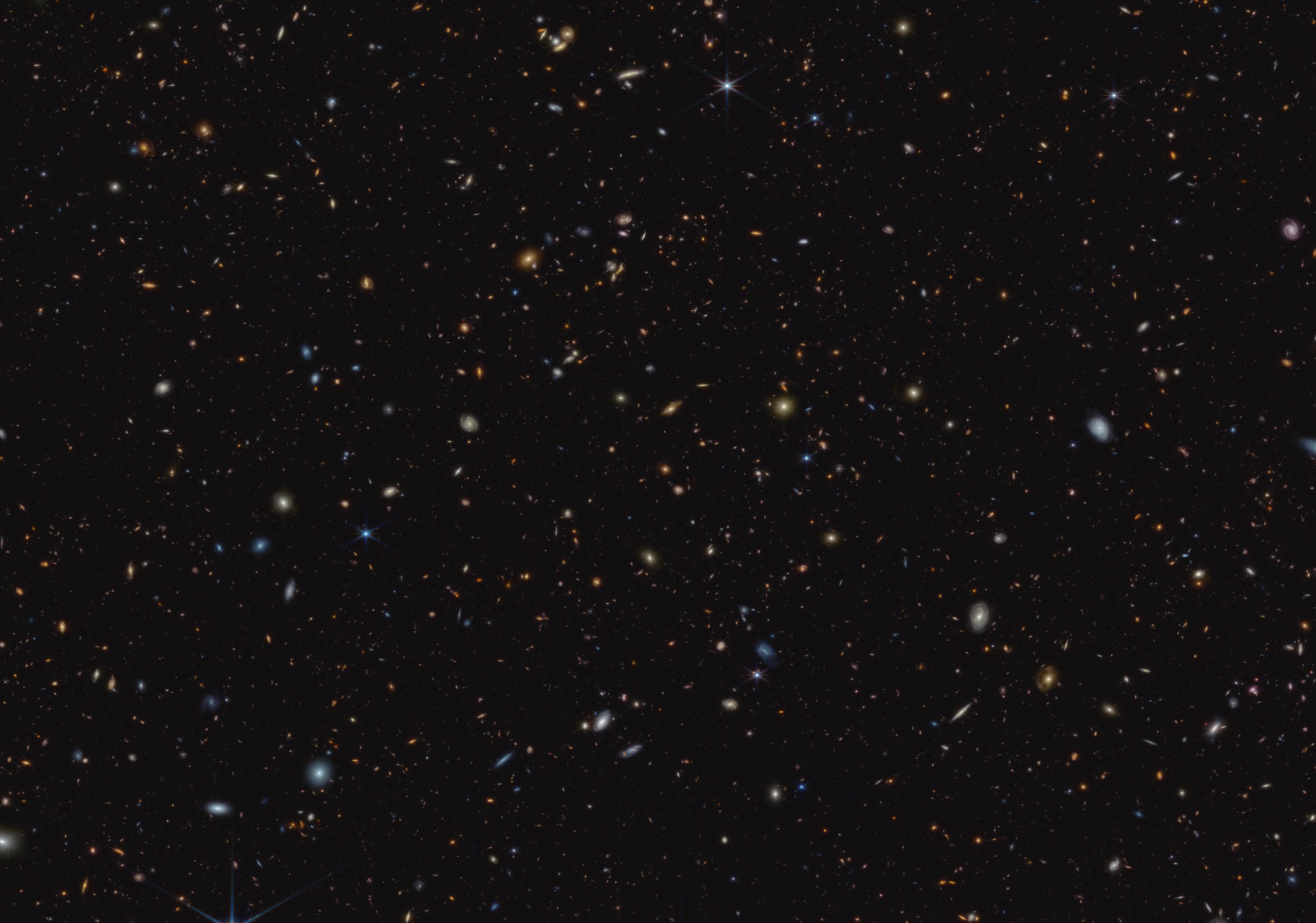On August 21, 2017, a total solar eclipse traveled across the United States from the Pacific to the Atlantic, creating a narrow path through 14 states – the first coast-to-coast totality in almost a century. The shadow moved from Oregon to South Carolina, from northwest to southeast. The upcoming total solar eclipse on April 8, will also start in the Pacific and end in the Atlantic, but this time, the path is expected to run from southwest to northeast. There are several differences between the two, including the duration of the totality (2 minutes 40 seconds in 2017 and 4 minutes 28 seconds in 2024) and the width of the totality path (about 70 miles in 2017 and around 115 miles in 2024). This time, many more people will be able to witness the totality, especially with the sun being close to solar maximum. Related: Total solar eclipse April 8, 2024: Live updates Here’s how the 2024 total eclipse differs from the 2017 total eclipse:Eclipse circumstances “The eclipse circumstances are just completely different,” said Dan McGlaun, an eclipse expert at Eclipse 2024, which has an interactive map and eclipse simulator for the upcoming eclipse, in an interview with Space.com. “It’s all about the distance to the sun and the moon — just simple geometry.” Although the distance from Earth to the sun does change — it’s closest at perihelion in January and farthest at aphelion in July — that doesn’t affect these two eclipses because the sun is roughly the same distance away. What does differ greatly is the distance from Earth to the moon, which has a slightly elliptical orbit. The distance to the moon During the peak of the 2017 eclipse, the moon was 231,155 miles (372,008 km) from Earth, while on April 8, it will be 223,392 miles (359,515 km) away. On April 8, the moon will be a couple thousand miles closer, so its conical shadow that falls on Earth will have a larger diameter. In 2017, the path of totality was 62 to 71 miles wide, according to NASA, while on April 8, it will range between 108 and 122 miles wide, covering much more of Earth.The path of totality — a projection of the moon’s shadow — moves from west to east, in the direction the moon orbits Earth. The moon’s shadow will sweep across Earth from west to east at over 1,500 miles (2,400 km) per hour on April 8, according to NASA. The position of the moon The moon’s orbital path around Earth is tilted by 5.1 degrees with respect to the orbit of the Earth around the sun, crossing the ecliptic at two points, known as nodes (ascending and descending). For both the 2017 and 2024 eclipses, these are ascending node eclipses. The angle of the Earth’s axis during the eclipses is more important than the node, causing the paths to differ. The rotation of Earth The shadow in space created by the sun and moon is constant. The path of totality is formed only when the tilted Earth crosses it. “As the year progresses, the Earth changes its orientation and rotates in place, and this, more than anything else, is why the shadow in 2017 is different to 2024,” said McGlaun. Basically, Earth’s axis is leaning in different ways during both eclipses. “In 2017, it’s the Earth rotating during totality that’s causing that path to look like it’s going down, but it’s really going up,” said McGlaun. During the 2024 eclipse, North America seems to move down the globe as Earth rotates. Change the angle of the Earth’s axis, and the path of totality can be altered. The ‘Eclipse Crossroads’ In parts of southeastern Missouri, southern Illinois, and western Kentucky, where the paths of the 2017 and 2024 eclipses cross, a region of approximately 9,000 square miles (14,500 square km) called the “Eclipse Crossroads” will see a second totality in less than seven years. The centrelines cross in Makanda, Illinois, close to Carbondale. Also in the quadrant are Paducah, Kentucky, Cape Girardeau, and Farmington, Missouri. Texas Hill Country has its “Eclipse Crossroads” region of around 14,000 square miles (36,000 square km), centered on Vanderpool — where an annular solar eclipse on October 14 was just a prelude to the totality to come. The solar cycle Another major difference between 2017 and 2024 is the sun’s magnetic activity, which follows an 11-year cycle. The 2017 eclipse occurred close to the solar minimum, while solar maximum is expected to occur in 2024, providing more to see on the sun during the eclipse. Use your solar eclipse glasses during the partial phases of the eclipse, and you’ll see sunspots — dark areas of magnetic activity — on the surface, close to its equator. During totality, you may witness a larger corona, streamers throughout the corona, and prominences, bright, pink curls or loops coming off the sun.
What are the differences between the 2017 and 2024 total solar eclipses?














